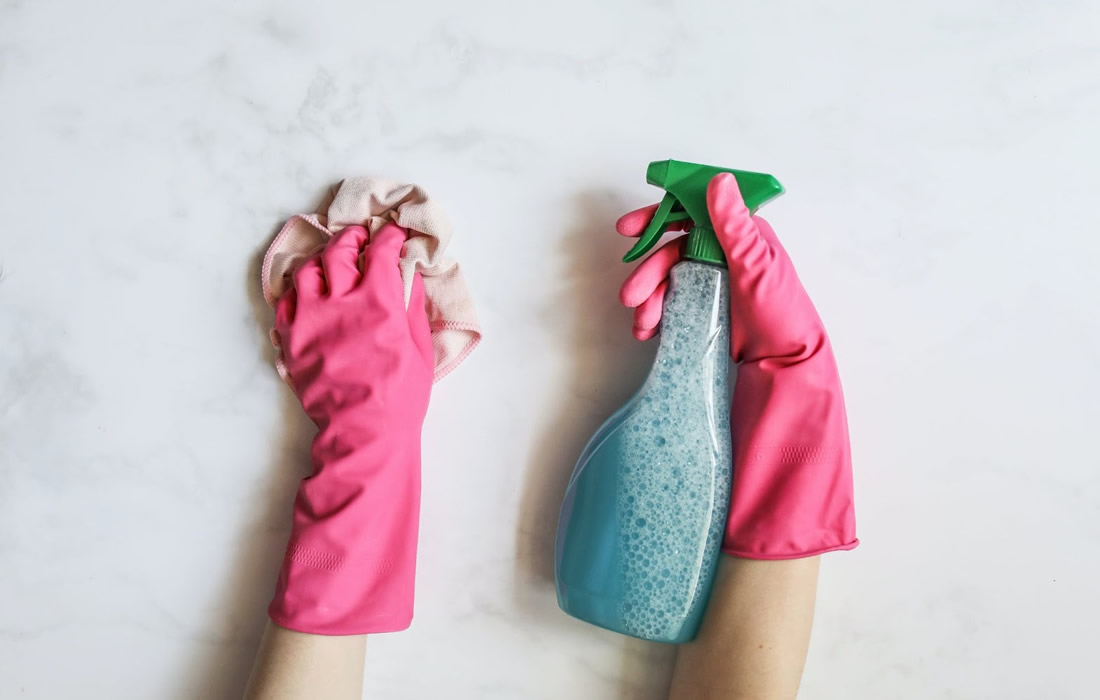Regenerative Medicine News and General Information
Exposure to Household Chemicals Could Lower Odds of Getting Pregnant
Exposure to phthalates, a group of plasticizing and solvent chemicals found in many household products, was linked to a lower probability of getting pregnant, but not to pregnancy loss, according to research.
Phthalates are found in such common products as shampoo, makeup, vinyl flooring, toys and medical devices.
People are exposed primarily by ingesting food and liquid that has come in contact with products containing the chemicals, according to a Centers for Disease Control and Prevention fact sheet.
Nobles and team analyzed data from a “unique cohort” of women in the preconception time-to-pregnancy study known as EAGeR, which evaluated the effect of low-dose aspirin on live-birth rates.
The study includes detailed information on 1,228 participants during six menstrual cycles when they are attempting to get pregnant.
The women who became pregnant were followed through pregnancy.
The body breaks down phthalates into metabolites that are excreted in urine and can be analyzed.
“We found there were three parent compounds that seem to be most strongly associated with taking longer to get pregnant, although we saw a general trend toward it taking longer to get pregnant across the phthalates we looked at,” Nobles says.
“As exposure got higher, we saw more and more of an effect.”
The researchers also looked at a global marker of inflammation, C-reactive protein, and found the women who had higher levels of phthalate exposure also had higher levels of inflammation and oxidative stress, which can lead to organ and tissue damage and ultimately to disease.
In addition, women who showed higher levels of phthalates had lower estradiol and higher follicle-stimulating hormone across the menstrual cycle, which play an important role in ovulation and the early establishment of pregnancy.
“This profile — estradiol staying low and follicle-stimulating hormone staying high — is actually something that we see in women who have ovarian insufficiency, which can happen with age as well as due to some other factors,” Nobles says.
While women can check consumer product labels and look for phthalate-free options, the ubiquitous nature of the chemicals makes it difficult for an individual to control their exposure.
Nobles says the research findings add to the evidence that phthalate exposures have a negative impact on women’s reproductive health and can be used to help inform policy making.
Sources:
Carrie J. Nobles, Pauline Mendola, Keewan Kim, Anna Z. Pollack, Sunni L. Mumford, Neil J. Perkins, Robert M. Silver, Enrique F. Schisterman. Preconception Phthalate Exposure and Women’s Reproductive Health: Pregnancy, Pregnancy Loss, and Underlying Mechanisms. Environmental Health Perspectives, 2023; 131 (12) DOI: 10.1289/EHP12287
University of Massachusetts Amherst. “Study shows exposure to household chemicals can lower odds of getting pregnant.” ScienceDaily. ScienceDaily, 15 December 2023. <www.sciencedaily.com/releases/2023/12/231215140211.htm>.
Materials provided by University of Massachusetts Amherst. Note: Content may be edited for style and length.
Images from:
Photo by Polina Tankilevitch
https://www.pexels.com/photo/a-person-cleaning-using-cleaning-products-4440533/

